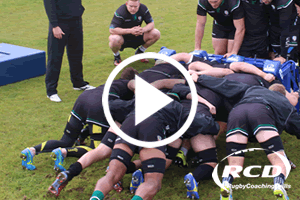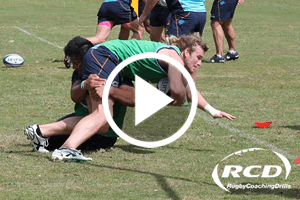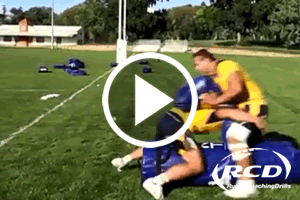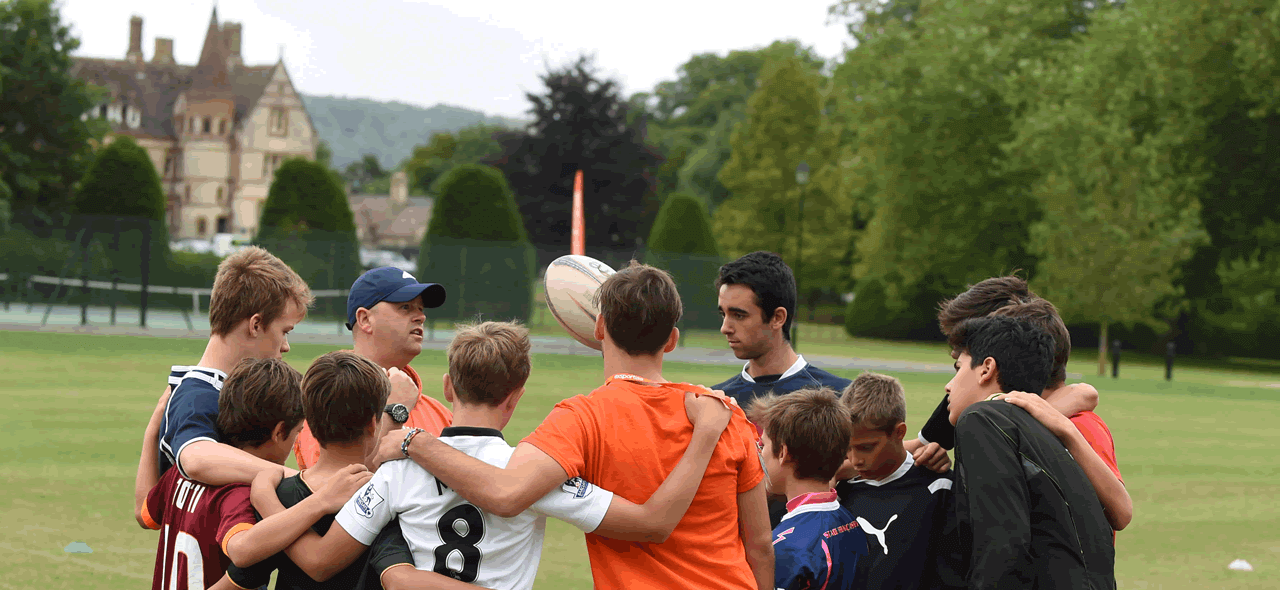
Do We Put Too Much Emphasis On Contact Training?
Do We Put Too Much Emphasis On Contact Training?
As everyone knows, Rugby is a collision based, contact sport. Inherent in its progression through the years has been the player to player contact in various aspects of the game...
These three aspects of the game (the scrum, tackle and ruck) also highlight the areas where most of the injuries occur. A lot of concern, and rightly so has been aimed at this and there has been an increasing amount of research undertaken on injuries in the game. Historically there has been more research on the professional side but the grassroots game is attracting more research, especially by the RFU.
Here are a few relevant studies, one based upon injuries in training and the other more specifically focussing at the grassroots level. As a coach we need to be constantly aware of the impact our training sessions and game time has on the players. It's clear that an increasing amount of impacts and collisions has a detrimental effect on your players.
With all developing players we must therefore ensure that certain key factors such as their physical strength, core stability and flexibility are up to scratch. As if these are neglected injuries can crop up in a variety of movements.
We should only be developing certain techniques when we are happy that players can support their own weight. A great example of such technique would be the Jackal, as if strength and stability is not good enough, injuries to necks, shoulders and also concussions can occur.
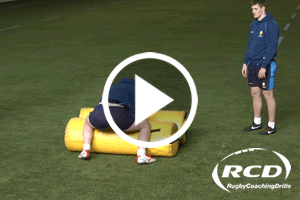
There has been some recent research conducted by the RFU into the Rugby Landscape for youth rugby. This illustrates some really interesting and worrying trends to rugby in the in the U15 to U18 age groups - both these groups have higher numbers in Tackle and Rucks than their Semi-Pro Adult equivalents. This creates a real dilemma, as with such high numbers in playing, it suggests that coaching has taken a turn to more collisions.
We have a duty to our players to manage workloads and to take into account the issues with excessive numbers of collisions and contact. We should only be doing contact and collision training if it is needed i.e tackle technique training. Please remember that running into shields and pads can sometimes cause injuries due to poor technique and just running straight at them!!
So in your coaching:
- Be aware of the demands of the game
- Be aware of the number of contacts and collisions they do in a game
- reduce impacts in training to their technical minimum, especially after a touch physical game.
- BUT you can't skip collision training altogether, so that your players get better at managing them! You wouldn't expect a Judoka to learn judo by not being thrown.


